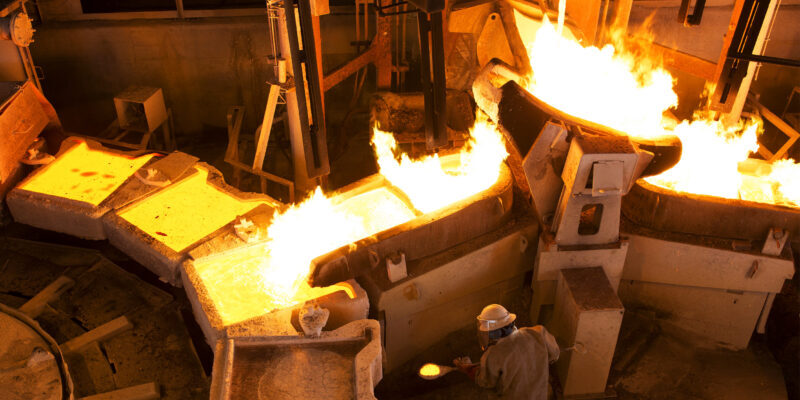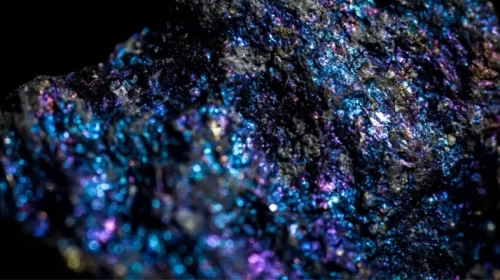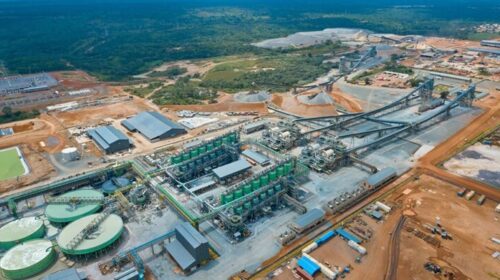Local Processing and Smelting in DRC and Zambia
The mining industry has diversified operations in both Zambia and Democratic Republic of Congo within the past few years. As these expansions occur, there is need for mining companies to develop more processing units in form of smelters and refineries in the region.
The development of smelters and refineries can primarily appear to be steep in price but there are many advantages to having direct access to processing facilities within the mining region. For instance, local processing has a faster turn-around time. Minerals can be processed within a short amount of time compared to exporting orebody to smelters located faraway. It also further creates job opportunities for locals.
Zambia is a step ahead of DRC in terms of local processing as it has four active copper smelters. The country has experienced a push forward with the phenomenal development of the copper smelter at First Quantum Mineral’s Kansanshi mine which has been operating since 2015. The smelter has a nominal capacity of 1.2 million tonnes per annum of concentrate to produce 300,000 tonnes of blister copper annually.
The Democratic Republic of Congo has seen new developments as parent companies have come on board to construct smelters. In 2020, China Nonferrous Mining Corp’s (CNMC) Lualaba copper smelter commenced operations in the Democratic Republic of Congo (DRC) with an estimated output of 100,000 tonnes of copper per annum . The project was completed 150 days ahead of the planned schedule.
Ivanhoe is also underway in constructing a smelting plant at its Kamoa Kakula mine site in DRC, which stands as one of the largest copper mines in Africa. A report on Ivanhoe mines website reads“Kamoa Copper is considering the potential construction of a smelting complex for the production of blister and anode copper. A downstream processing facility has a compelling rationale, significantly reducing the overall volumes of copper concentrate shipped from the mine and the cost of transportation and logistics, export taxes and concentrate treatment charges as well as producing sulphuric acid as a by-product. There is a strong demand and market for sulphuric acid in the DRC to recover oxide copper ores. Currently, DRC copper mines import a significant volume of sulphur and sulphuric acid for the treatment of oxide copper ores.
The Kamoa-Kakula 2020 Preliminary Economic Assessment (PEA) included the construction of a smelter complex, based on Metso Outotec’s direct-to-blister furnace technology that is suitable for treating Kakula-type concentrates with relatively high copper/sulphur ratio, and low iron. China Nerin Engineering acted as the main engineering consultant with Outotec, providing design and costing for propriety equipment, including the direct blister furnace, waste heat boiler, and the slag cleaning electric furnace. The smelter design capacity is between 750,000 and 1 million tonnes per annum of concentrate feed, producing in excess of 400 ktpa copper in the form of blister and anode, with a capital cost in the region of US$600 million (100%-basis) to be jointly financed with Ivanhoe’s equal partner Zijin Mining, which is expected to be funded through a combination of internal cash flows and project-level debt”.
Local smelters can be considered as a once-off investment that can produce great value.
![]()





